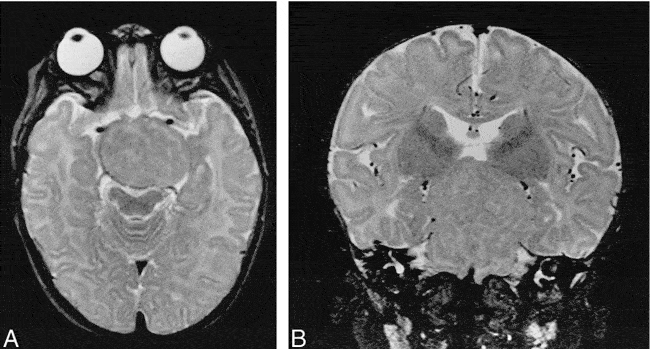Pallister Hall Syndrome is a rare genetic defect that is usually seen at birth. The cause of the condition is a mutation in the GLI3 gene inherited in an autosomal dominant pattern, meaning that if a parent has the condition, the child will have a 50 percent chance of having it. Only one mutated gene out of two is needed to result in an affected individual. The condition appears in males and females equally at birth. About 100 patients have been reported so far in medical literature, but the actual frequency of PHS is unknown due to the variability of symptom strength and the symptoms themselves which could have PHS be mis- or undiagnosed in many cases.
Symptoms of this disease can vary widely with some patients having only a few and others having a majority of the possible signs. Most with the condition will have extra fingers or toes (polydactyly), and the skin between the extremities will often be fused. Another significant symptom found in the reported cases is a malformation of the hypothalamus, the part of the brain that regulates the function of the pituitary gland which regulates many other bodily functions. The pituitary gland is located at the base of the brain and regulates hormones for the body, and its impaired function can cause hypothyroidism, growth hormone deficiency, seizures, and sometimes lack of cortisol production or diabetes.In some infants with the hypothalamus malformation (hypothalamic hamartoma), low or absent pituitary function may be present at birth which can lead to low blood sugar, unusually high acid levels in their blood and body tissues, abnormal electrolyte levels, and jaundice. They could also have craniofacial abnormalities such as unusually small ears rotated to the back of the head, an unusually small tongue, a longer vertical groove in the middle of the upper lip, or a short nose with upturned nostrils with a flat or broad nasal bridge. Other additional signs could be
In some infants with the hypothalamus malformation (hypothalamic hamartoma), low or absent pituitary function may be present at birth which can lead to low blood sugar, unusually high acid levels in their blood and body tissues, abnormal electrolyte levels, and jaundice. They could also have craniofacial abnormalities such as unusually small ears rotated to the back of the head, an unusually small tongue, a longer vertical groove in the middle of the upper lip, or a short nose with upturned nostrils with a flat or broad nasal bridge. Other additional signs could be presence of certain teeth at birth, dislocated hips, or abnormally short arms or legs.Most of the infants born with the condition do not have fatal abnormalities, but some have an early lethality variant of the disorder most likely caused by the effects of the hypothalamic hamartoma or severe airway malformations.Diagnosis of the condition is made through a detailed clinical evaluation and family history, as well as an MRI to detect a possible hypothalamic hamartoma and its dimensions. Molecular genetic testing can be used to identify
Most of the infants born with the condition do not have fatal abnormalities, but some have an early lethality variant of the disorder most likely caused by the effects of the hypothalamic hamartoma or severe airway malformations.
Diagnosis of the condition is made through a detailed clinical evaluation and family history, as well as an MRI to detect a possible hypothalamic hamartoma and its dimensions. Molecular genetic testing can be used to identify mutation in the GLI3 gene and confirm the condition, especially for the patients with milder symptoms. Infants born with absent or low pituitary function are immediately put on hormone replacement therapy with close monitoring. Surgical removal of the extra digits are typically done in infancy, although the surgeries are increasingly being done later in life due to concerns about the cognitive effects of anesthesia in young children. Seizures can be treated with with anticonvulsant medication and genetic counseling is usually recommended for the patient and their family.








